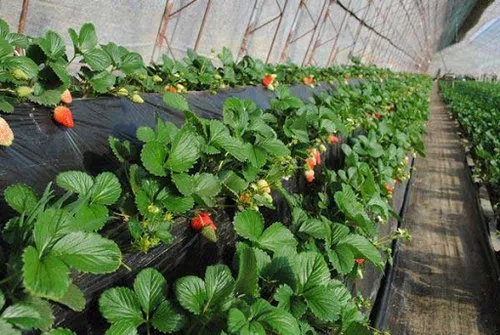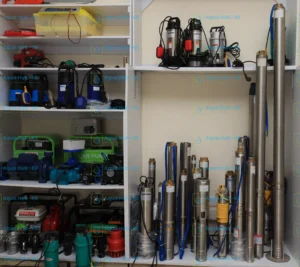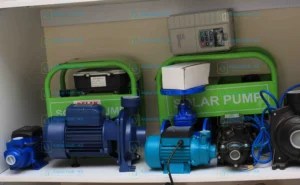Strawberries produce juicy and sweet red fruits that are consumed raw or eaten together with food. Strawberry farming has become a popular venture due to its high profitability especially when done under protected structures such as greenhouses.
Why Strawberry farming in Greenhouses is Advisable
Strawberries are delicate and require protection from bird attacks. Under greenhouses, birds are shut from the plants due to zero entry covering.
Moreover, greenhouses support better watering of strawberry plants because of the application of drip irrigation methods. The use of an optimal irrigation system enhances better growth due to the balance of water and nutrient supply.
Ideal Greenhouse and Open-field Strawberry Varieties in Kenya
- Chandler
- Douglas
- Tioga selva
- Tristar
- Domanil
- Rabunda
- Pajaro
- Tribute
Environmental Conditions for Strawberry Farming
- Soil PH of 5.5 – 6.5
- Temperature of 29- 29 degrees Celsius is ideal for the growth and flowering of strawberry plants.
- Hot temperatures since the plants require a lot of sunlight to thrive well.
- Fertile and well-drained soils, preferably loamy soils for better water retention.
Water Requirement for Strawberry
An average of 300mm to 450mm (12 to 18 inches) of water is ideal over the growing season. The plant has shallow roots thus you need an effective irrigation system to irrigate the crops frequently as rainfall is not always reliable.
How to Plant Strawberries
Strawberries are planted as splits. Choose hybrid, disease-resistant splits to propagate. You can get them from reliable astronomers in the country.
Prepare the land by cultivating and clearing any vegetation, rocks and debris from the farm.
Make beds 30 cm in length and 1 meter wide then add manure.
Prepare planting holes and space them 30 cm apart to ensure balance in growth. Space the rows of planting holes 60 cm apart.
Plant the splits on the holes and immediately irrigate well to make sure that they survive to healthy plants.
You can install drip irrigation systems on the crops carefully right after planting. The mainline and sub-mainline pipes will be buried in trenches along the planting bed borders.
Ensure irrigation takes place 3-4 times a week.
Apply mulches to prevent soil erosion and weed growth on your strawberry farm.
Challenges to Strawberry plants are diseases such as Fusarium Oxysponium, Botrytis, Fusarium Wilt and verticillium.
Practices for Proper Yield in Strawberry Farming
- Keeping the plant rows narrow to improve air circulation prevents disease growth
- Weed prevention through proper mulching.
Buy Drip Irrigation Kits for Strawberry Farming at Aqua Hub Kenya
Aqua Hub Kenya is the ideal supplier of quality drip irrigation kits for strawberry farming. Our irrigation kits are available for less cost and long durability.
We also have quality purpose high tunnel greenhouses you can apply to strawberry farming.
Call 0790719020





